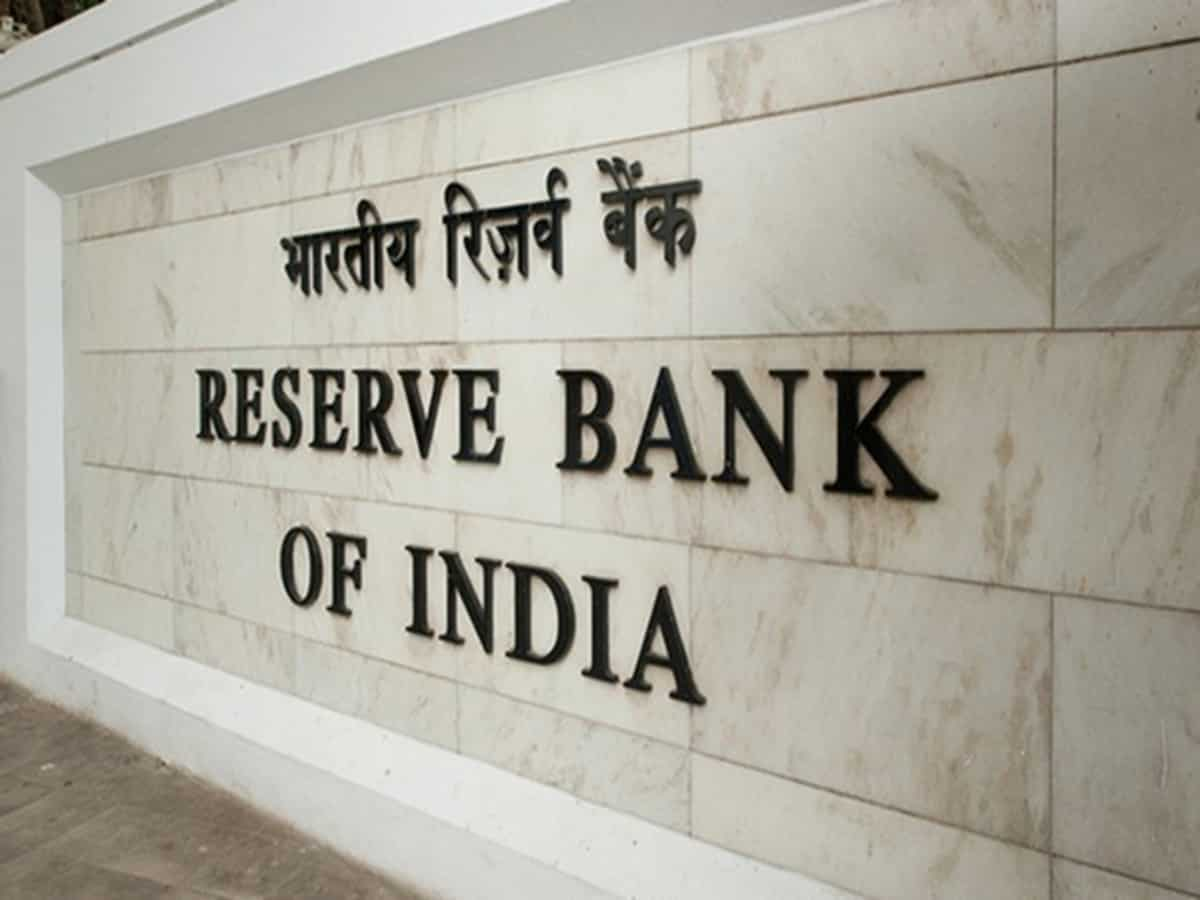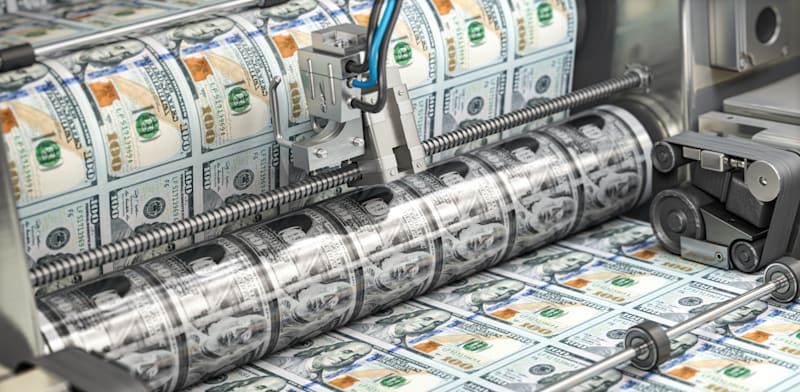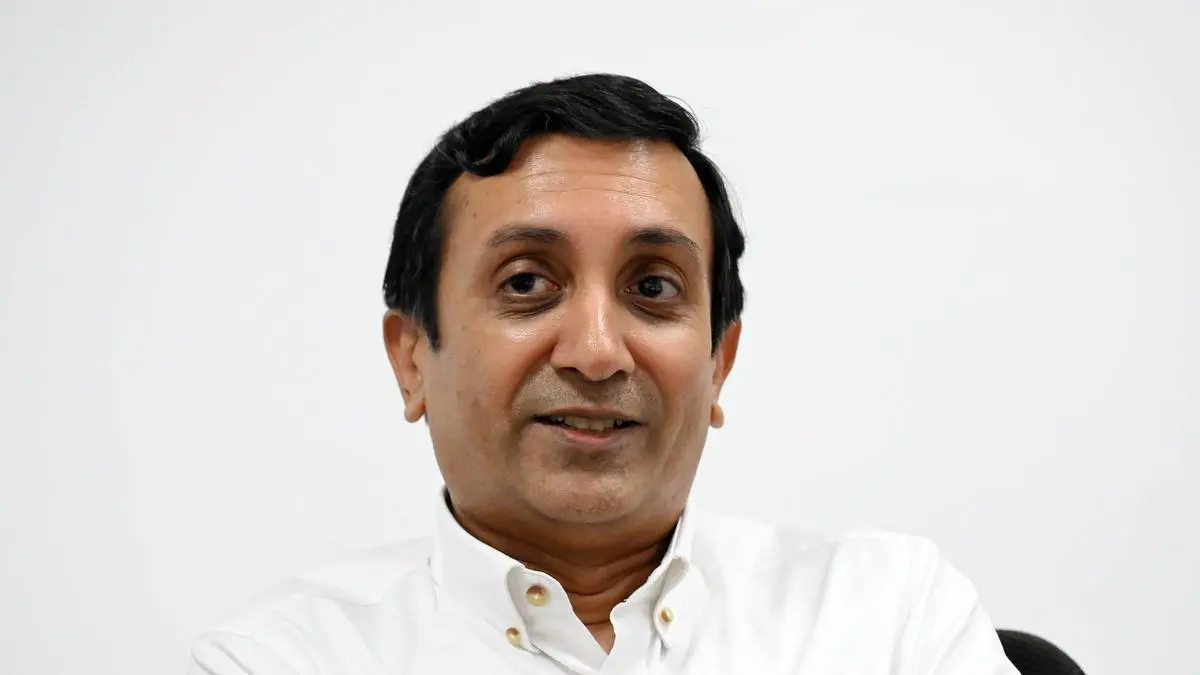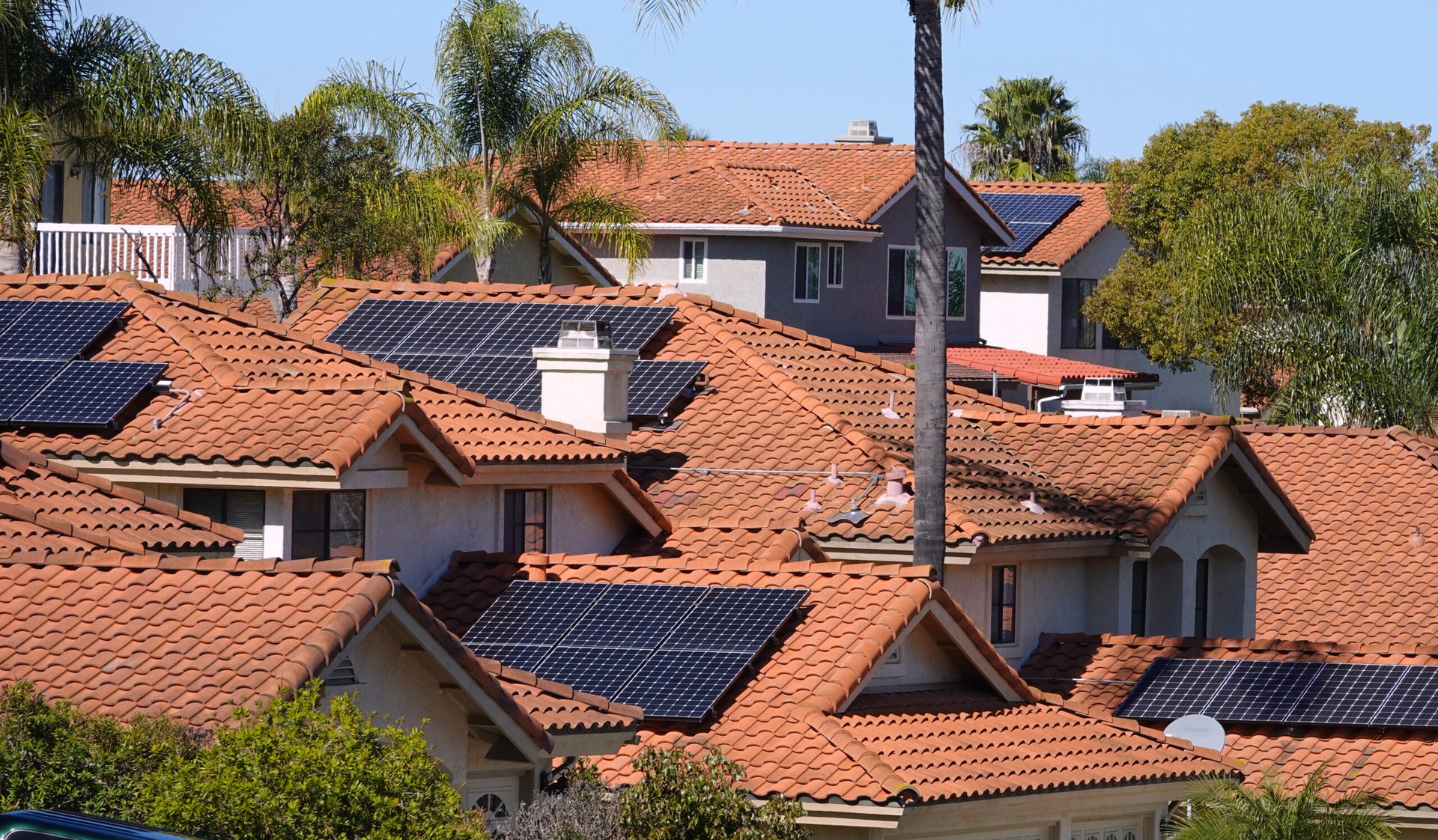Rice accounts for 4.4% of the Consumer Price Index basket, whereas the main staple, arhar or tur, which has also witnessed a reduction in acreage, has a 0.8% weight in retail inflation. Their combined share in food inflation is 13.2%.
“Rice will become a concern if the monsoon doesn’t pick up in certain states. However, if it does pick up, signs of which are visible, it would not be a concern,” said Paras Jasrai, senior analyst, Ind-Ra.
The late arrival of monsoon in states which account for 61% of rice sowing area led to a decline in area under cultivation by more than a third until June 25.
Although the area under pulses has increased, tur sowing has declined while moong sowing has picked up.
“Rain deficit in June 2019 was even higher, at 35%,” said Jasrai.
An SBI Research note pointed to deficient rainfall conditions in 10 of the 15 major foodgrain producing states till June 26.
The India Meteorological Department has predicted a normal monsoon despite the possibility of the strengthening El Nino.
SBI Research economists shared this view and said that the Indian Ocean Dipole, another indicator that impacts monsoon, is likely to turn positive in the coming months, “thereby ruling out any negative impact on monsoon in India”. However, they also said that spatial distribution assumes more significance.
“Given the critical impact of the southwest monsoon, the current status of shortfall – though improving sharply – and delayed arrival imparts a coefficient of fear on inflation and growth estimates as spatial patterns and distribution of rainfall assume utmost significance,” said the SBI Research note.
Economists said while rice sowing can still pick up, there is also a concern that many farmers may end up replacing rice with coarse cereals.








































